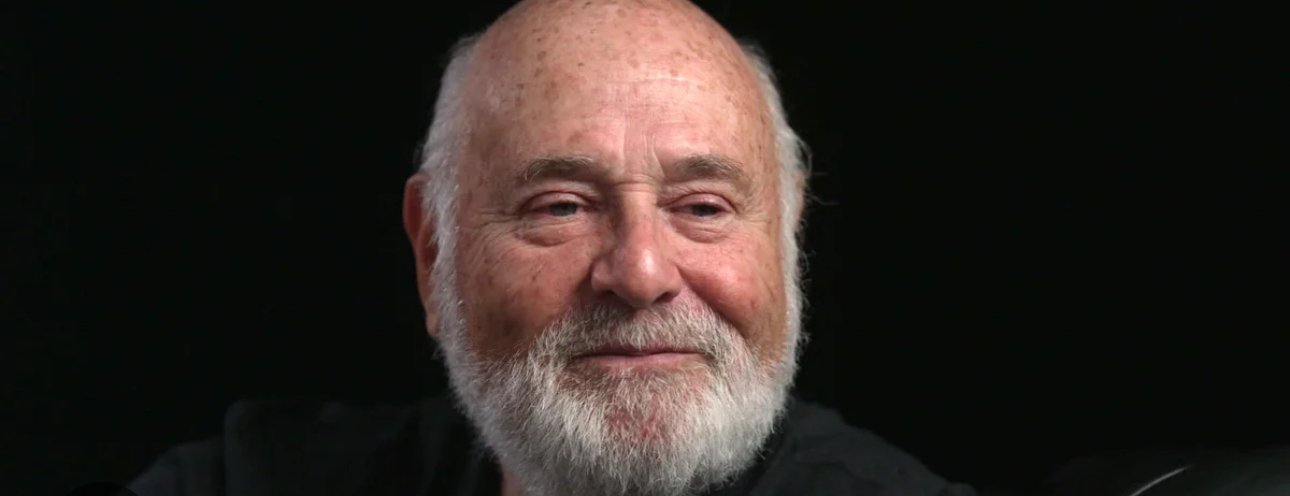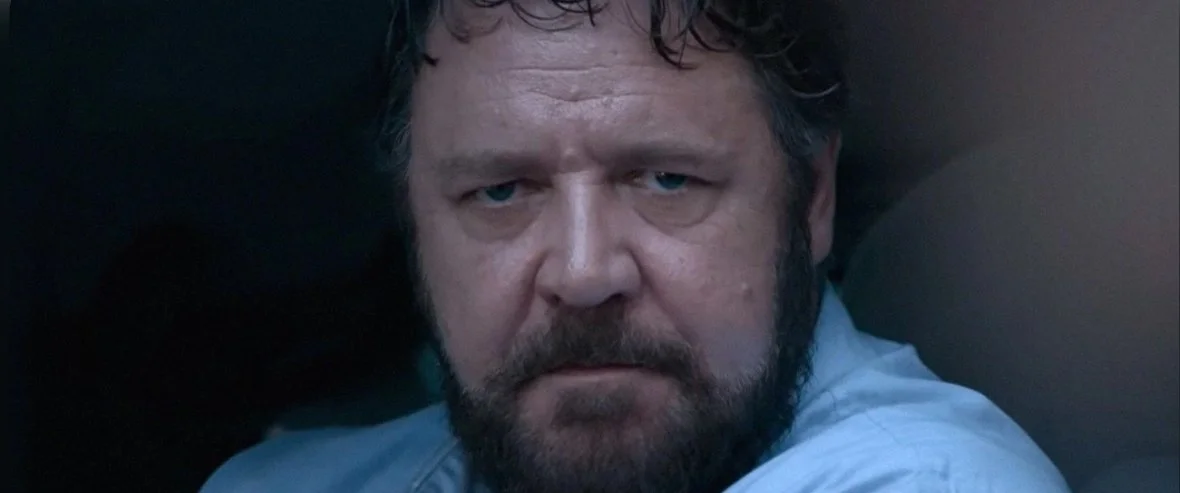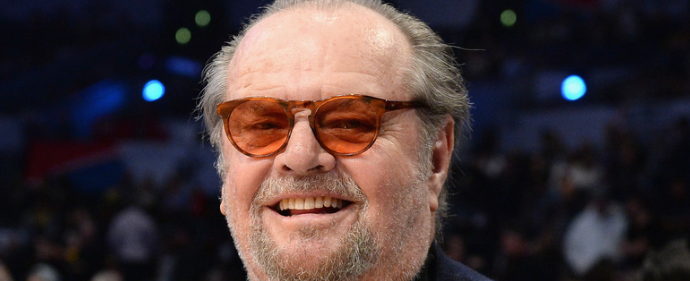NOTE: As expected, reviews are decent — 70 on Metacritic and 87% on Rotten Tomatoes. I’ll update the scores as more reviews come in.
There’s no denying that Joseph Kosinski’s “F1” is a feat of technical precision. Sometimes, that’s all a summer movie needs to soar. Check your brain at the door and envelop yourself in its frenzied images. When the cars are roaring, so is the film.
Let’s start with what “F1” gets right, because the highs are undeniable. Kosinski is in his zone when he’s strapping IMAX cameras to real-life F1 cars and sending Brad Pitt and Damson Idris rocketing down tight European circuits. Claudio Miranda’s cinematography is once again all about immersion—tight close-ups, POVs so intense they verge on vertigo, and stunning aerial shots. You don’t watch the racing in “F1,” you’re thrust into it. That same you-are-there immediacy
Then again, Ehren Kruger’s screenplay seems preoccupied with collecting every cliché from racing films of the past thirty years and giving them a slick, post-‘Maverick’ polish. Grizzled veteran with a tragic past? Check. Hot-headed rookie? Of course. Gruff team principal fighting to keep the team afloat? You bet. Might as well throw in a boardroom villain straight out of the 1990s.
Brad Pitt plays Sonny Hayes, a former F1 prodigy turned nomadic has-been who’s pulled back into the sport to help save a failing team. The hook? He has nine races to help Apex GP win a Grand Prix or watch it get swallowed whole. Pitt does the Pitt thing—rugged charm, a touch of weariness, and a smile that says he knows more than he’s letting on. He’s good, obviously.
Damson Idris is a revelation. As Joshua Pearce, the arrogant but gifted rookie, he brings the kind of energy the film desperately needs. The tension between him and Pitt isn’t exactly original—it mirrors the Cruise-Teller dynamic from Maverick—but there’s enough fire in their rivalry to keep things engaging. When these two are onscreen together, the film hums.
Kosinski clearly understands that realism is the selling point. He’s embedded the film in the real-world F1 calendar, and the attention to detail is astonishing. Every gear shift, pit stop, readout—it’s all dialed in. You get the sense that Kosinski obsessed over every detail. And in an era of green-screen bloat, that kind of craft feels borderline impressive.
Yes, “F1” is beautiful. Yes, it delivers spectacle. But at it’s emotional core, this is rather simple and familiar story. It’s overlong, at 156 minutes, and could have benefited from a 15 minute snip to cut the fat out.
Regardless, this is a movie made for theaters. You’ll want to see it big, loud, and close. The racing sequences—edited to near-perfection by Stephen Mirrione—are a how-to in cinematic velocity. Every cut feels calculated, every corner tight. There’s less narrative grit but more technical swagger.






